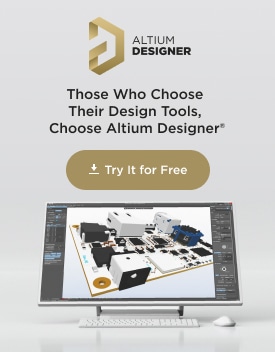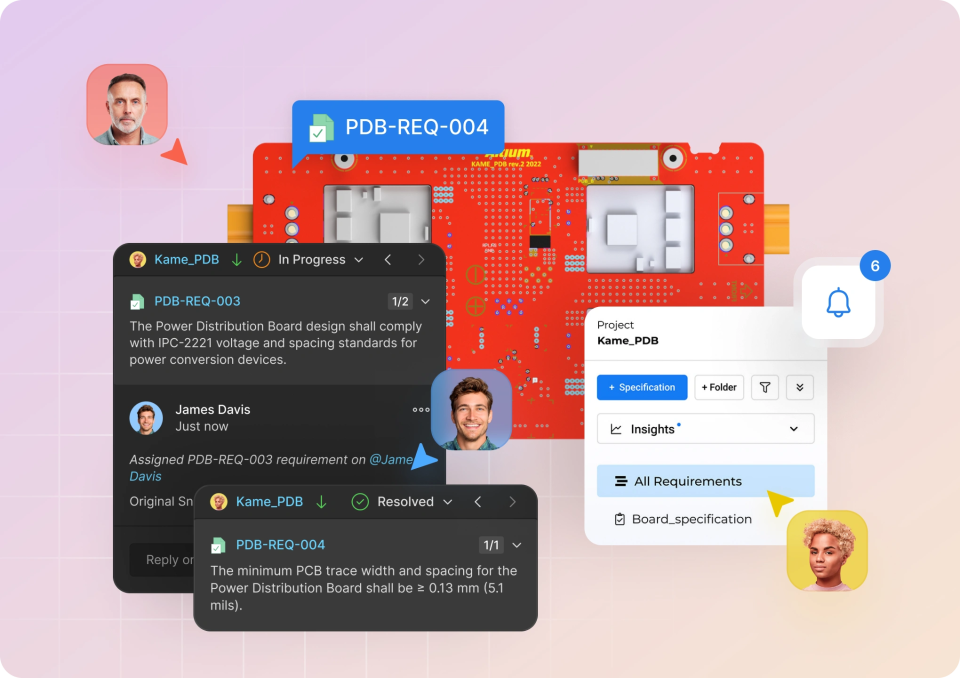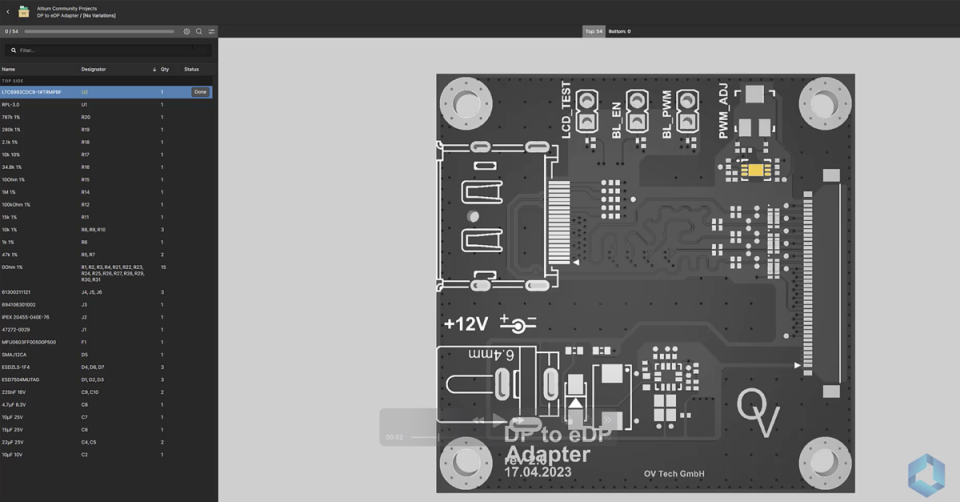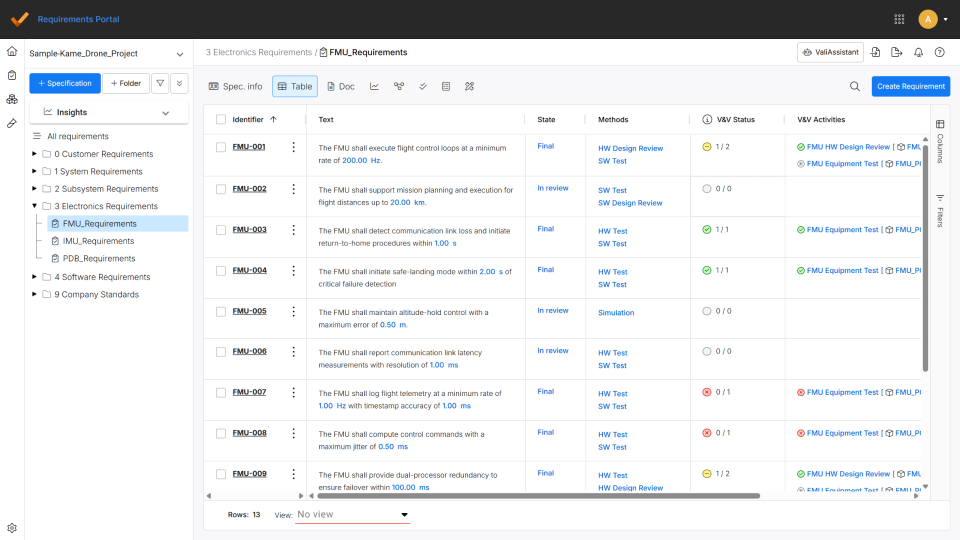Manufacturing
Turn your PCB designs into high-quality manufactured boards with fewer delays and fewer surprises. These resources cover fabrication best practices, design choices that reduce errors, and strategies for a smooth transition from layout to production.
On-Demand Webinars
Missed our live stream webinar? Watch all of Altium's on-demand webinars here.















